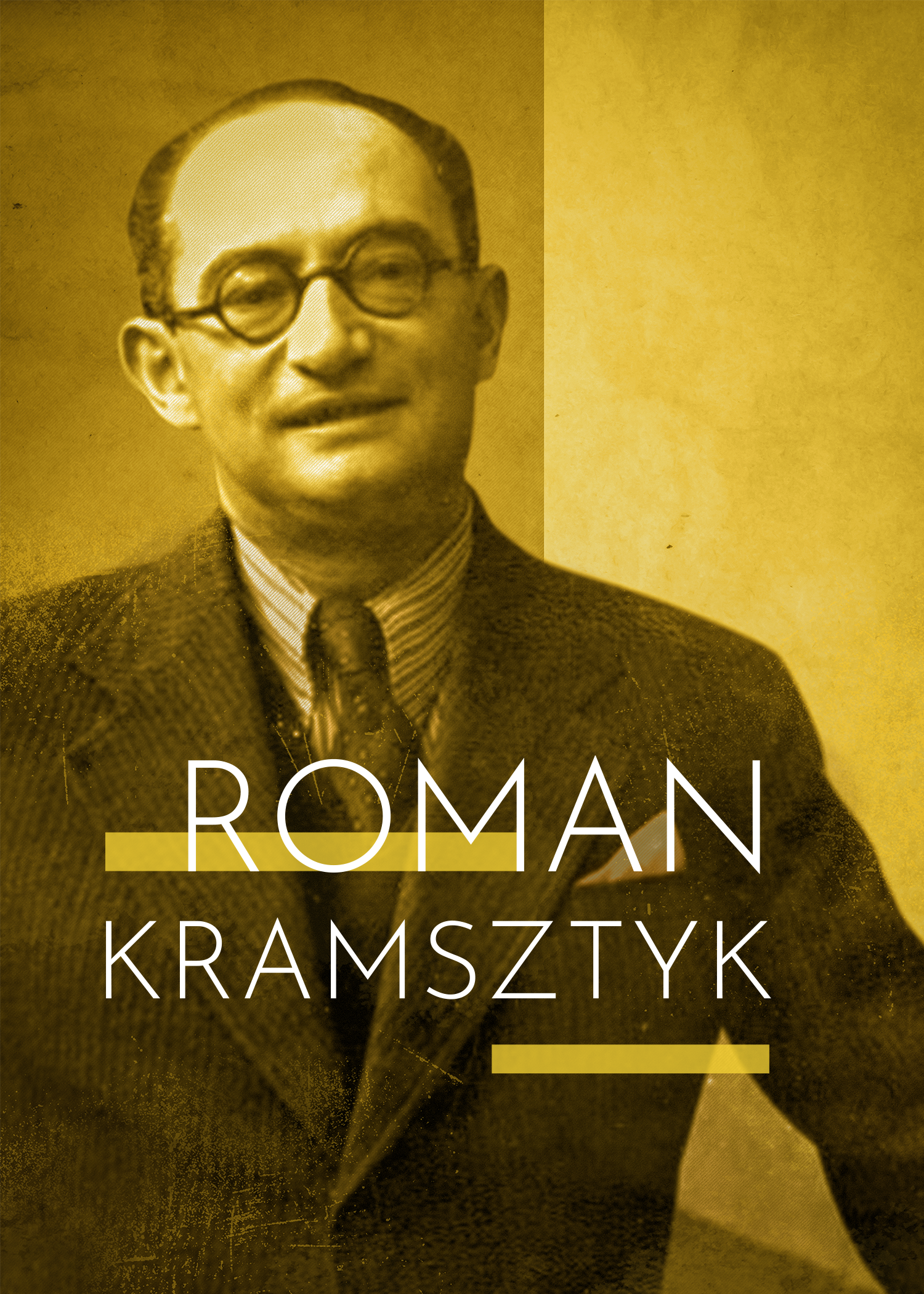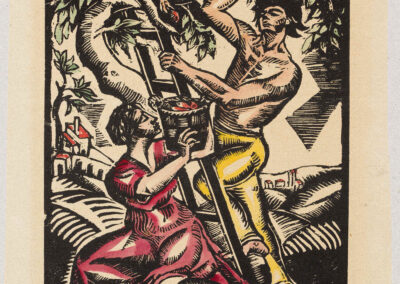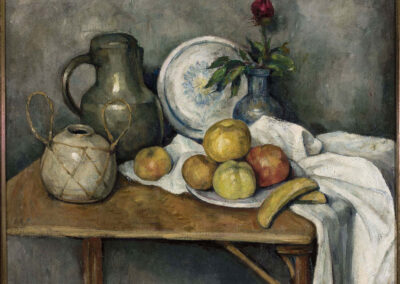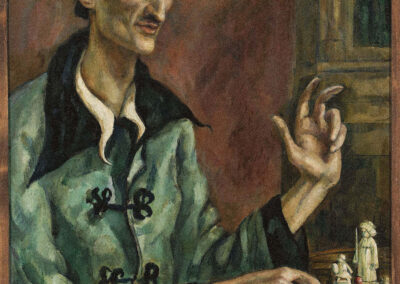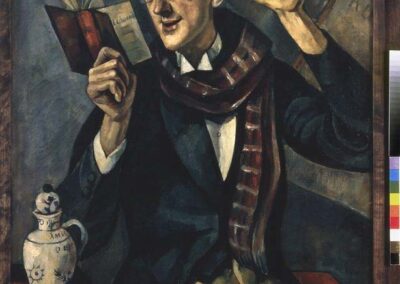18 VIII 1885, Warsaw — 6 VIII 1942, Warsaw Ghetto
Biography
Roman Kramsztyk was a neoclassical painter whose works were exhibited all over the world during his lifetime. His later works bear witness to the tragedy of the Holocaust.
He was born in Warsaw on 18 August 1885 to an assimilated Jewish family. He was baptized, studied at the Academy of Fine Arts in Cracow under Józef Mehoffer, and later also at the Academy of Fine Arts in Munich. From 1910-1914, he stayed in Paris, where he joined the Society of Polish Artists and the Polish Artistic and Literary Society. His paintings were displayed in international exhibitions, including the International Exposition of Art and Technology in Modern Life of 1937, and at the New York’s World Fair in 1939.
In 1922, he settled permanently in Paris, visiting Poland occasionally. In the same year, he co-founded the Association of Polish Artists called “RYTM” (Rhythm) promoting a classicism-inspired movement. Cezanne’s aesthetics and French post-impressionism had a significant influence on his work. His body of work includes figurative compositions, landscapes, still lives, nudes, and highly praised portraits of members of the Polish intellectual and artistic elite.
When World War II broke out, Roman Kramsztyk was on holiday in Poland. Although he had severed his ties to Judaism, he had been born into a Jewish family and therefore was forced to move to the Warsaw Ghetto along with the city’s Jewish population. He died in the first days of the ghetto’s liquidation, shot in the street on 6 August 1942.
Roman Kramsztyk’s artworks are available in public domain.
Roman Kramsztyk was a neoclassical painter whose works were exhibited all over the world during his lifetime. His later works bear witness to the tragedy of the Holocaust.
He was born in Warsaw on 18 August 1885 to an assimilated Jewish family. He was baptized, studied at the Academy of Fine Arts in Cracow under Józef Mehoffer, and later also at the Academy of Fine Arts in Munich. From 1910-1914, he stayed in Paris, where he joined the Society of Polish Artists and the Polish Artistic and Literary Society. His paintings were displayed in international exhibitions, including the International Exposition of Art and Technology in Modern Life of 1937, and at the New York’s World Fair in 1939.
In 1922, he settled permanently in Paris, visiting Poland occasionally. In the same year, he co-founded the Association of Polish Artists called “RYTM” (Rhythm) promoting a classicism-inspired movement. Cezanne’s aesthetics and French post-impressionism had a significant influence on his work. His body of work includes figurative compositions, landscapes, still lives, nudes, and highly praised portraits of members of the Polish intellectual and artistic elite.
When World War II broke out, Roman Kramsztyk was on holiday in Poland. Although he had severed his ties to Judaism, he had been born into a Jewish family and therefore was forced to move to the Warsaw Ghetto along with the city’s Jewish population. He died in the first days of the ghetto’s liquidation, shot in the street on 6 August 1942.

